

February might be a time of chilly fingers and early morning frosts but that doesn’t mean that all wildlife is in hiding. Frogs, toads and some species of bee start to come out of hibernation in February. There are loads of amazing creatures to see amongst the reeds and the trees. Here are a few of our favourites.
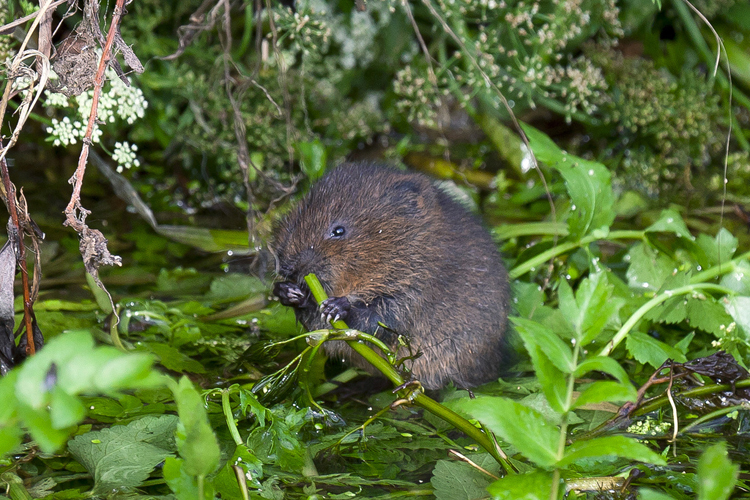
The Broads is the perfect place to see this incredibly endangered creature. They have declined so dramatically nationally that their numbers have dropped by 90%. However the Broads National Park is their national stronghold with large populations of this tiny aquatic mammal finding solace in the meandering rivers and banks of thick reeds.
Where to see: Water voles love streams, dykes, rivers and ponds with soft earth banks which they can burrow into. Two top places which fit the bill are Norfolk Wildlife Trust reserves Hickling and Ranworth.
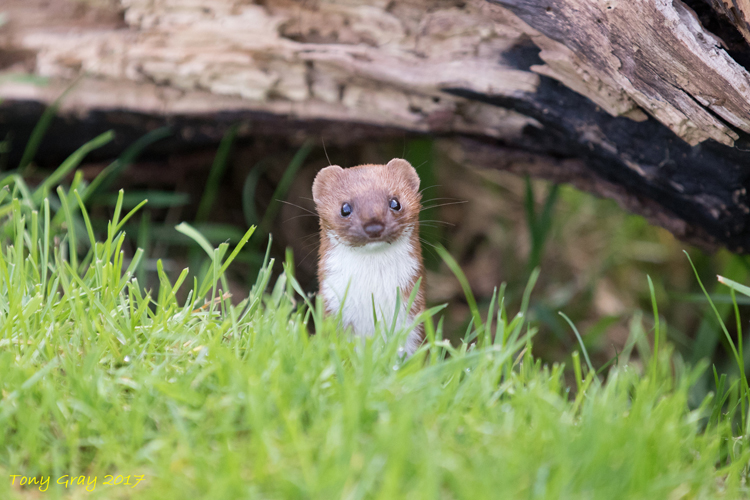
A group of weasels can be known as a confusion which is rather apt since they’re known for their excellent ‘tunnel-hunting’. Their long slinky bodies can tunnel underground to locate prey such as voles and rabbits.
Where to see: Weasels are present in their highest concentrations where there is plenty of prey for them to hunt. Marshes and low lying ground are a good place to start.
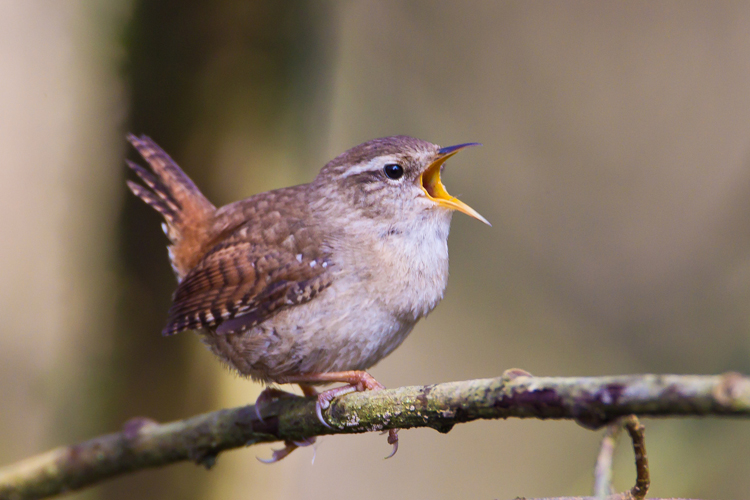
The wren is a small bird which can be noticed by its short bobbing motions and brown feathers. They’re a common sight in hedgerows and gardens so listen out for their loud distinctive song as it trills through the garden.
Where to see: In parts of Britain and France the wren was an ancient symbol of the underworld, probably because they feed and nest in dark nooks and crevices. So you’re most likely to find these birds in dense hedgerows.
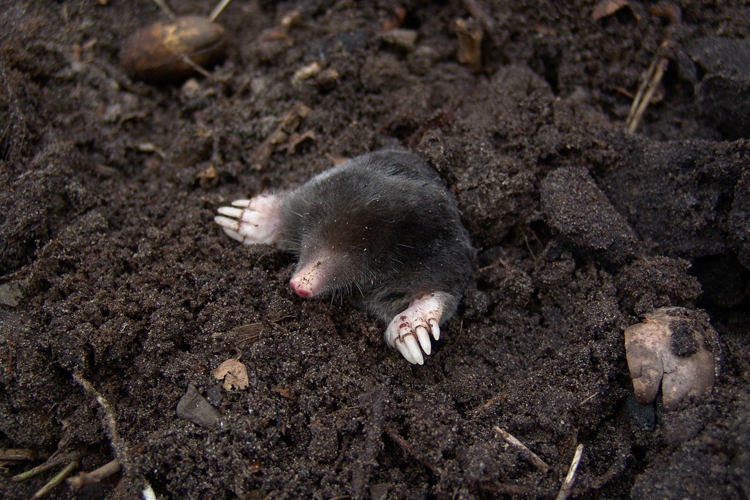
Moles are amazing little creatures that spend most of their time underground, digging tunnels with sharp claws and leaving behind the evidence of their presence with easily recognisable molehills. They have a special place in the nation’s heart thanks to the classic children’s book, The Wind in the Willows.
Where to see: In Norfolk moles are common and will thrive anywhere with deep well-drained topsoil such as grassland, farmland and deciduous woodland. St Benet’s Abbey is a super riverside location for mole spotting!
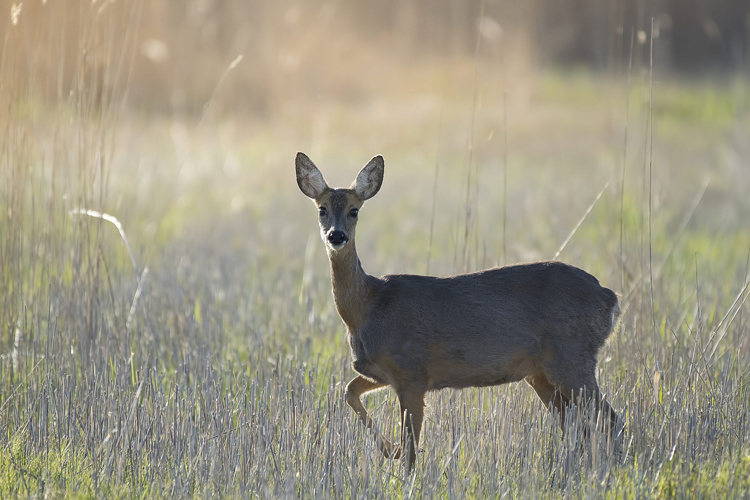
In 1800 the roe deer was hunted to extinction. But since their reintroduction to Thetford Forest they are now abundant across the surrounding counties and in the Broads National Park.
Where to see: Roe deer are particularly shy creatures and so they prefer wooded areas with plenty of cover. A quiet walk through a nearby wood should give you a good chance of a sighting.
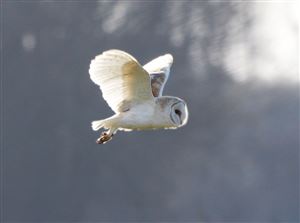
The barn owl has a heart shaped face and huge buff wings. Sadly, both nationally and in Norfolk, the conversion of old farm buildings into country housing and habitat loss from intensive agriculture, have resulted in barn owls declining by more than half since 1932.
Where to see: Dusk at NWT Hickling Broad.
A spectacular, long-winged day flying owl with yellow eyes. The short-eared owl, or 'Shortie', is a medium sized owl with mottled brown bodies, pale under-wings, who gets it name from the 'ear tufts' on its heard that look like ears.
Where to see: You can see this migrating in the Broads between October and March, hunting over the Halvergate Marshes, Hickling Broad and Carlton Marshes. It prefers to be out hunting during the day and eats mostly field voles.
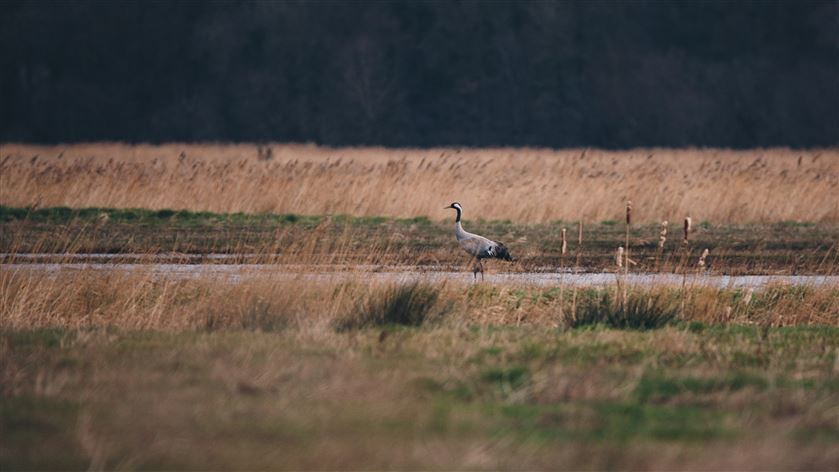
The Common Crane is a large heron-like bird that flies with its legs and neck outstretched. Although once a rare migrant, they have started to breed in East Anglia and South England. Impressive in size, bill-tip to tail-tip is 1.18m. They have a grey body and wings with darker flight feathers, a black neck and face, with a red crown and white cheeks. They have an exuberant rattling cry; you’ll hear them long before you see them. The great news is that UK crane populations hit a record high (Feb 2012).
Where to see: Upper Thurne River and Hickling Broad.
Pink-footed geese are short-necked and compact and have distinctively small bills and they spend their time in large, noisy, cackling flocks. Most wintering birds breed in Iceland and return to Norfolk each autumn.
Where to see: Sunset or sunrise between November and February are the best times to view big numbers. Around Horsey and Martham in the River Thurne catchment. Large flocks found in the Thurne Valley and RSPB Berney Marshes & Breydon Water Nature Reserve.
Pronounced chetty, this skulking bird makes a rare appearance – you’re more likely to hear bursts of song and the first glimpse will probably after dusk, diving for cover. It’s rather stocky, with short wings and a full, rounded tail
Where to see: They like diving for cover and hiding in dense scrub in damp places. Brambles, reeds and willows being their favourite. They nest in thick vegetation and forage on damp bare ground beneath the scrub and in thick cover. See them at RSPB Strumpshaw Nature Reserve.
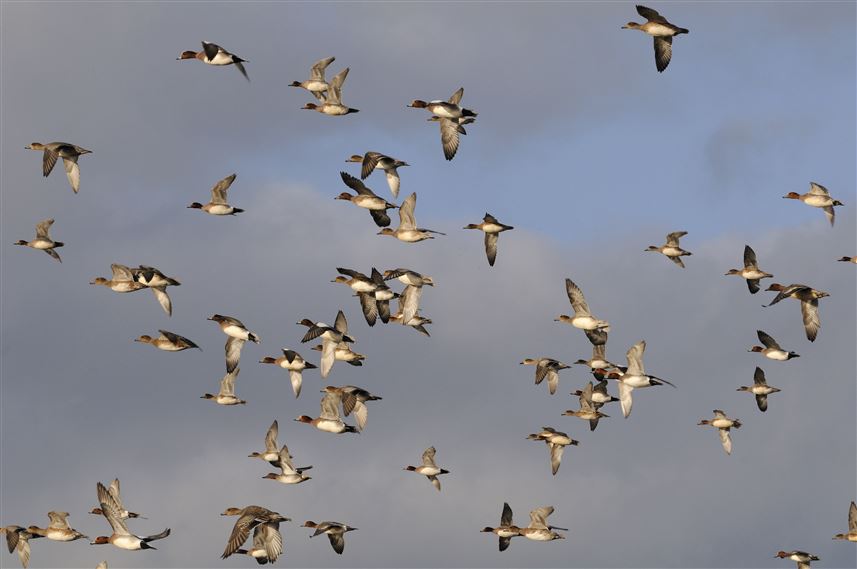
The wigeon is a medium-sized duck with a round head and small bill. Although the Wigeon breeds in this country it is mainly a winter visitor. The male has an orangey-brown head, with a pale crown stripe, brown chest and grey body, while the female is a uniform speckled brown. The male's call is a whistling whee-oo, while the female makes a quiet grunt. Often seen on Broads, lakes, marshes and dykes and in the winter regularly seen feeding on grassy fields. Wigeons breed in central and northern Scotland and also in northern England. They visit the UK in winter from Iceland, Scandinavia and Russia.
Where to see: See massive flocks at RSPB Strumpshaw Nature Reserve / RSPB Buckenham Marshes or RSPB Berney Marshes & Breydon Water Nature Reserve.